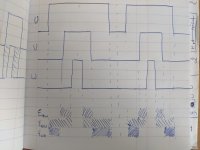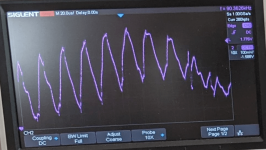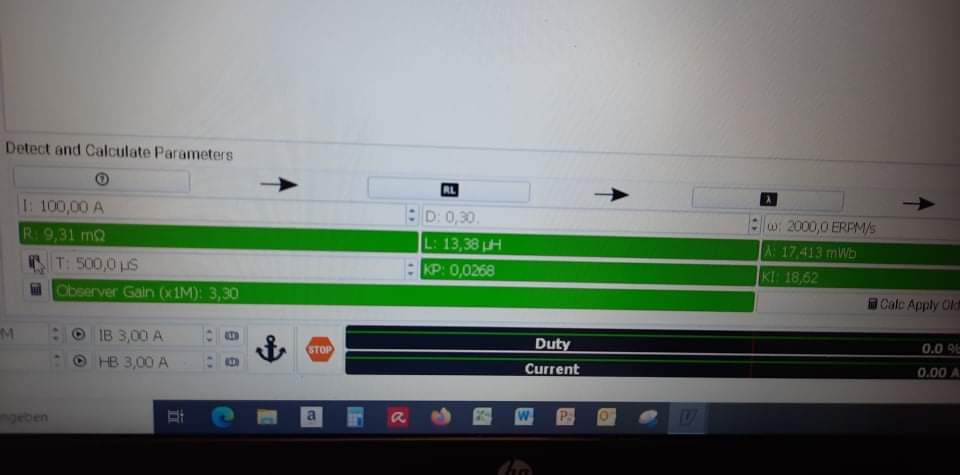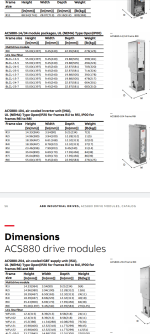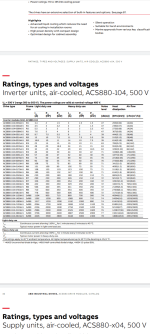No that's what I am getting at they are not at the same time. All 6 switches are timed differently.mxlemming said:No, it's exactly because there are 3 phase switching at the same time that this technique is so effective.Arlo1 said:Your light bulb analogy would be ok for single phase but the current has multiple phases it can travel though when talking about each switch.
Yes it is literally 2x better. Considering 2 phase, in each pwm cycle with edge aligned you get 1 power and 2 freewheel states. With centre aligned you get 2 power and 2 freewheel. The kicker with the edge aligned is that there's a useless transition between two freewheel states which does nothing other than waste energy and heat your FETs/igbts. This reduces edge aligned to 1 power and one freewheel state.Arlo1 said:What you need to show is 3 positive switches that and 3 negative switches that can turn off all effecting each of the 3 phases. This is why you need to talk about PWM frequency of each switch. The center aligned is nice and it can help a bit. But in all controllers I have worked with other than VESC stuff it talks about PWM frequency and if its center aligned it is better but its not truly 2x better as you would expect.
In 3 phase this is 2 different power, 2 freewheel with edge aligned and 4 power 2 freewheel with center aligned.
[/quote]
This is incorrect and I have proven this in the past. You would think this is the same as 2x the PWM frequency in a edge aligned controller or a Top or Bottom only switched controller but its not.
I'm not saying its not the best way. I think its great but not exactly 2x as good.
To prove this I will need to dig back to testing I did 5-6 years ago. So Its likely something I will need to do new testing again.


